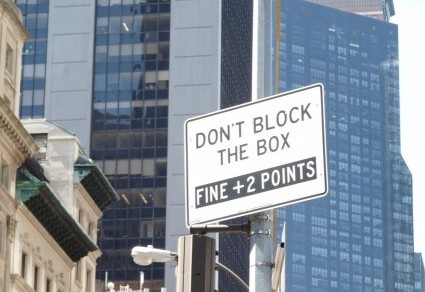Common wisdom holds that New Yorkers are constantly on the move. We walk fast, we talk fast, and we live in “the city that never sleeps.” Yet the number of stores advertising laundry services implies that we’re also a lazy lot. We value our couch-potato time too much to hang around watching a washer and dryer clean our clothes – or even to visit the site where these machines are located. So we have someone else stop by, empty the hamper, and take the stuff away. The problem is that no one seems to agree on what this service should be called. Check out these signs:
To hyphenate or not to hyphenate seems to be the question when you compare the first two signs, but the third throws in another possibility: a single word. Which is right? A quick dictionary search on the Internet reveals that as a verb (We will pick up your laundry), two separate words are the only way to go. Many sites call for a single word (pickup) when you need a noun referring to one, unified action. After digging a bit, I located one hyphenated noun (pick-up). But only one. If you favor majority rule, dump the hyphen.
I confess that I love this sign best, though in no way is it correct in Standard English:
How economical. The customer doesn’t pay for the pk up, and the shop-owner doesn’t pay for the letters I and C.
I’ll end with the other side of the equation – the return. Here’s my favorite sign for this service:
This sign appears on the awning of a liquor store. I assume you’re not surprised. If you are, have a couple of drinks. You’ll then discover that we delivery makes perfect sense. In fact, after a few swigs of good Chianti, I delivery – and you are too!



























